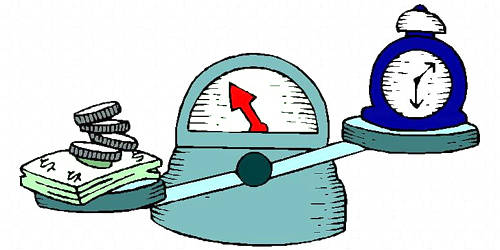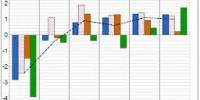Income Distribution Metrics
Income is defined as household disposable income in a particular year. Income distribution is the smoothness or equality with which income is dealt out among members of society. Income distribution metrics are used by social scientists to measure the distribution of income and economic inequality among the participants in a particular economy, such as that of a specific country or of the world in general. The measurement of income distribution is calculated by dividing the ‘Gross Domestic Product (GDP)’ by the nation’s population, with the GDP being a measure of the market value for all goods and services produced.
Income distribution metrics are used by social scientists to measure the distribution of income and economic inequality among the participants in a particular economy, such as that of a specific country or of the world in general.
Income inequality uses the dispersion of capital to identify how economic inequality is defined among individuals in a given economy. While different theories may try to explain how income inequality comes about, income inequality metrics simply provide a system of measurement used to determine the dispersion of incomes. This measure is commonly used to get an estimate of the economic performance of the nation as a whole. The concept of inequality is distinct from poverty and fairness. Governments will make this measure to determine how they compare to other nations, and to see the overall economic health of their own nation.
The income of the household is attributed to each of its members, with an adjustment to reflect differences in needs for households of different sizes. Income distribution has always been a central concern of economic theory and economic policy. Two of the most commonly used income distribution measures are the shares of aggregate household income received by each quintile and the Gini index. Classical economists such as Adam Smith, Thomas Malthus and David Ricardo were mainly concerned with factor income distribution, that is, the distribution of income between the main factors of production, land, labor, and capital. It is often related to wealth distribution, although separate factors influence wealth inequality. If everyone earns exactly the same amount of money, then the income distribution is perfectly equal. Usually, however, a society’s income distribution falls somewhere in the middle between equal and unequal.
Modern economists have also addressed this issue, but have been more concerned with the distribution of income across individuals and households. Important theoretical and policy concerns include the relationship between income inequality and economic growth. This is a critical consideration in economic policy (from a political perspective). Minimizing inequality is a central step towards an advanced society.
















